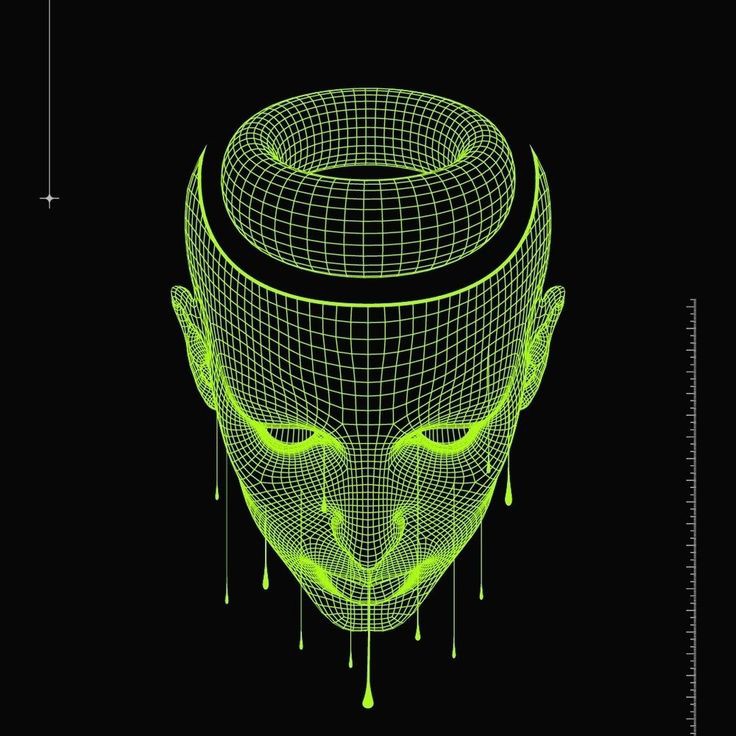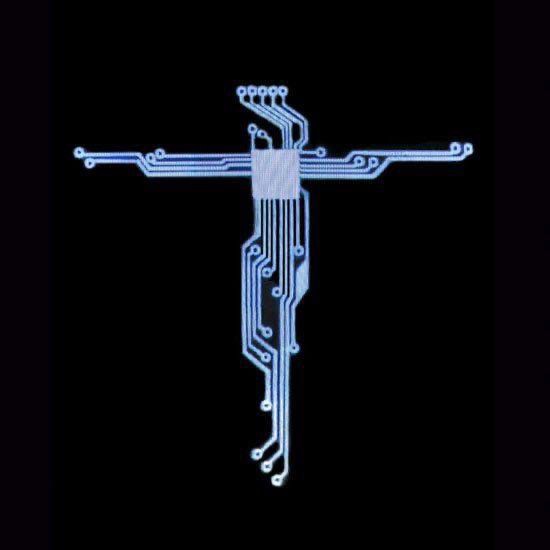What happens when your mind is no longer constrained by the familiar boundaries of self and time? When the structure holding your reality together disintegrates, leaving behind only raw awareness? Psychedelics do not simply induce "hallucinations"—they fundamentally rewire consciousness.
They disrupt the mechanisms that stabilize perception, allowing a direct experience of something far deeper. The question is: What exactly are they revealing? Are psychedelics exposing an underlying truth about the nature of reality, or are they simply manipulating the brain's filters—giving us the illusion of transcendence while keeping us locked within the same system? To understand this, we must first examine how these substances break down the very foundation of our perception.
The Psychedelic Fracture: Breaking the Illusion of Self
Every second of every day, your brain is engaged in editing reality. It filters vast amounts of sensory data, discarding most of it to create a stable, manageable version of the world. This process is controlled by the Default Mode Network (DMN)—a set of brain regions responsible for maintaining your sense of identity and filtering perception.
• Maintaining your sense of "I"—the self-construct that keeps you feeling like a continuous, separate being.
• Reinforcing habitual thought patterns, ensuring you experience reality in predictable ways.
• Suppressing alternative modes of perception to maintain coherence.
When the DMN is active, you experience a structured, linear world. You remember who you are. You function within the rules of space, time, and identity. But what happens when this control center is switched off?
The Default Mode Network: The Brain's Control System
Psychedelics such as LSD, psilocybin, DMT, and mescaline work by disrupting the Default Mode Network, forcing the brain to abandon its usual restrictions. As the DMN dissolves, so does the rigid structure of self-identity.
This is not just an altered perception. It is the temporary collapse of the entire system that holds your reality together.
Ego Dissolution: The Collapse of Personal Reality
This is why high-dose psychedelic experiences often produce:
What emerges from this state is something entirely different—an experience that feels more fundamental than everyday consciousness itself.
The Hyperconnected Brain: Seeing Reality Without the Filter
Neuroscientists studying psychedelic states found that under their influence, the brain becomes highly interconnected. Areas that normally don't communicate begin sharing vast amounts of information.
This is what happens in the psychedelic brain:
• Brain regions that are normally separated begin communicating directly.
• Perception is no longer filtered through past experience, but experienced raw.
• The mind no longer distinguishes between "self-generated" thoughts and external reality—everything merges.
Under normal conditions, the brain suppresses most of what is happening. But when these filters collapse, an overwhelming flood of information pours in. And within that flood, something extraordinary happens.
Fractals, Synesthesia, and the Hidden Architecture of Reality
Many psychedelic users report seeing complex fractal geometries, often described as "the fundamental patterns of the universe." Others describe synesthesia—a state where sounds, colors, and emotions merge into a single, unified sensory experience.
Some researchers believe psychedelics reveal the underlying computational structure of perception—the raw processing patterns the brain uses to create reality.
In other words, psychedelics don't create hallucinations. They expose the hidden framework your mind has been using all along.
Final Transmission
The real question is not whether psychedelics change perception, but whether they are revealing something fundamental about existence.
Are they lifting the veil,
allowing us to see reality as it truly is?
If the "self" is just a construct of the brain,
then what does it mean when psychedelics
erase it completely?
And if we can exist beyond the ego,
then what is consciousness?
These questions lead us into Part 2: Do Psychedelics Unlock Hidden Layers of Reality?
Continue Your Journey
Altered states and neural reprogramming



